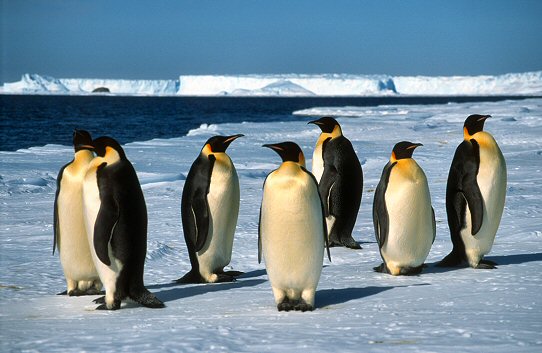Days later, I look back at the previous entry and think, "Oh, innocent fool." I was not, in fact, a day away from recovery. It turned out, my computer had so much spyware on it -- spyware that was not detected by any of the three programs I ran, including one I purchased -- that every time I got online, it continued to download more spyware and more adware like mad. It was as if my computer was shouting, "Hey you guys! Over here! This patsy's open!" One of the tech support guys at my internet service provider told me that every time I logged on for the past few days, enormous amounts data were being sent to my computer, more even than my computer knew how to handle.
I was told it would take at least $100 for professionals to "clean" away the spyware. My PC was old, fashioned for me by a friend back in 1999. I had already replaced the hard drive once, in 2001. Then the start button fell apart so that I was essentially hot-wiring it every time I started it. It had USB ports but no drivers. Etc. etc. So I purchased a new computer.
I come to you now from a brand, spanking new HP system. I am still paranoid about downloading bad stuff, so I have three anti-spyware programs running. I plan to "sweep" my system with all of them after I log off. Based on my experience with the nastiness, I highly suggest that you do the same. Spyware is pernicious. It's ineradicable. It's the kudzu of the Internet.
PENGUINS
I like penguins. Here are a few facts about them.

Photo from Guillaume Dargaud's Penguins FAQ blog
- here are many species of penguins. Some of the better-known ones include:
- Emperor
- King
- Adelie
- Rockhopper
- Gentoo
- Macaroni
- Fairy
- Galapagos
- On average, penguins swim at about 7 miles per hour, though some swim as slowly as 2 mph.
- It is most efficient for penguins to swim just below the surface. However, they have to come up for air. Most species compromise by "porpoising," leaping up out of the water and diving back down in a rhythmic fashion. Thus they can breathe without interrupting their forward motion.
- Emperor penguins lean back on their heels, essentially, to give their feet a break from standing on the cold ice.
- Their overlapping feathers provide waterproofing and trap air to provide about 80% of the thermal insulation that penguins need to survive. They also have a thick layer of fat under the skin.
- When penguins hold their flippers away from their bodies, they are exposing more body surface to the air and are thus cooling themselves off.
- Penguins, like many seabirds, excrete salt through glands around their bill. This is essentially how they sweat, and it is also how they are able to drink seawater with no ill effects.
- Penguins eat krill (something like shrimp), squid, and various fishes. Adelie penguins eat about 3.5 pounds of krill and small fish each day.
- Penguins have spiny tongues, which help them to grip the slippery fish they have caught in their bills.
- Penguins fast in several circumstances. They fast during breeding season, and some fast through the entire courtship and mating process as well. Penguins also fast while molting, or shedding their feathers. Because their feathers are often patchy during molting, they don't have the protection they need to go into the water, so they wait to feed until their feathers have grown back. Depending on the circumstances and species, an adult penguin may fast for as long as 120 days.
Sources
SeaWorld animal information database, chapter on Penguins
You can also hear a penguin call at Guillaume Darguad's blog
No comments:
Post a Comment
If you're a spammer, there's no point posting a comment. It will automatically get filtered out or deleted. Comments from real people, however, are always very welcome!